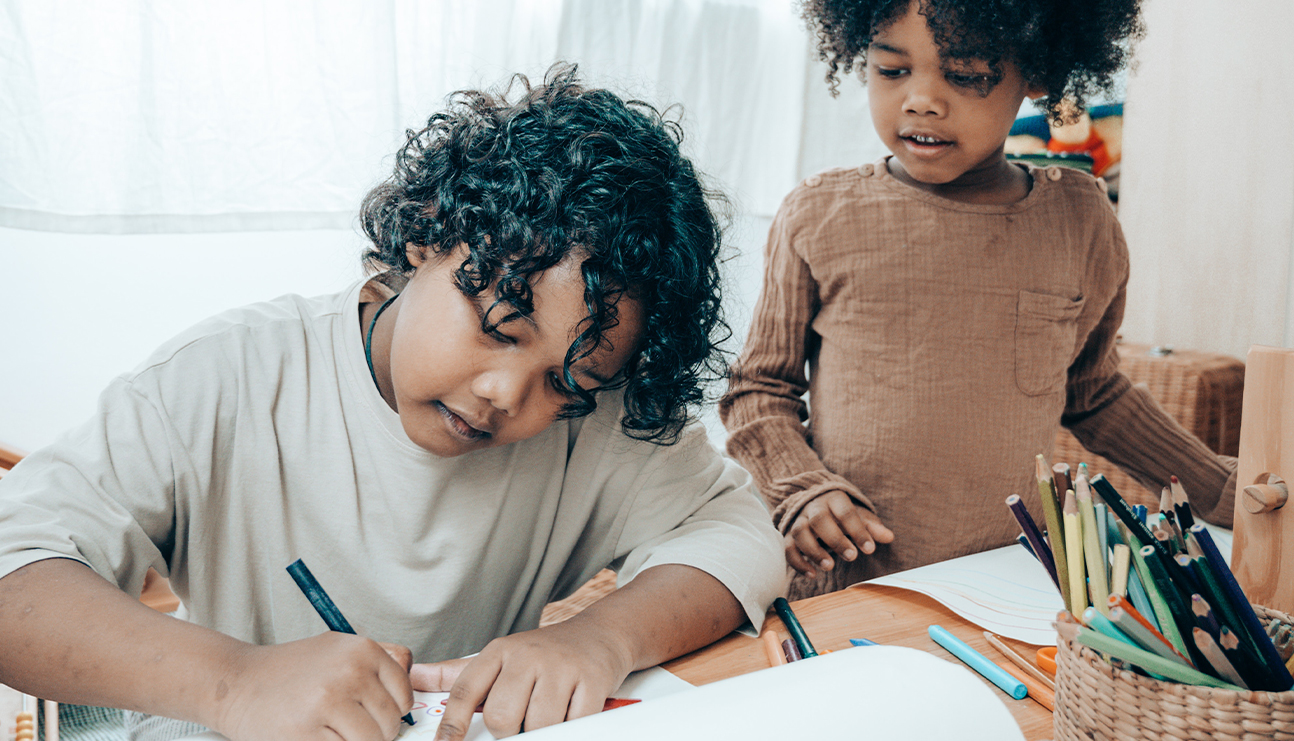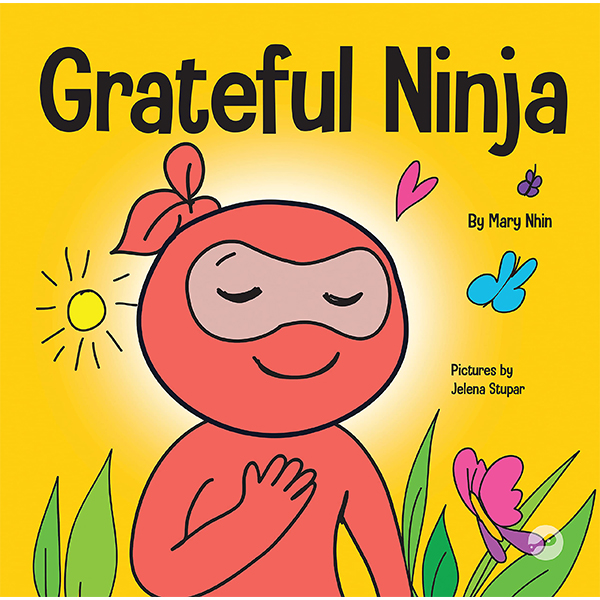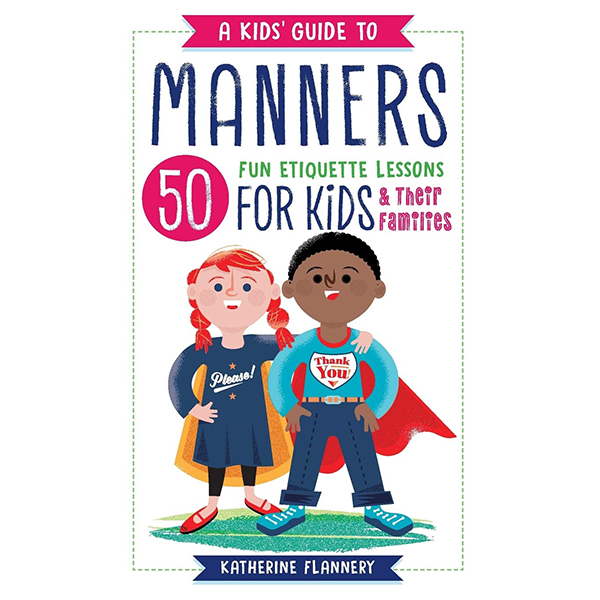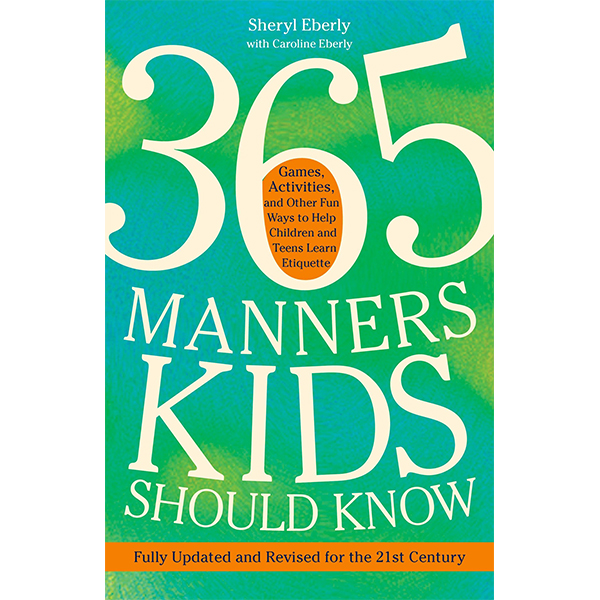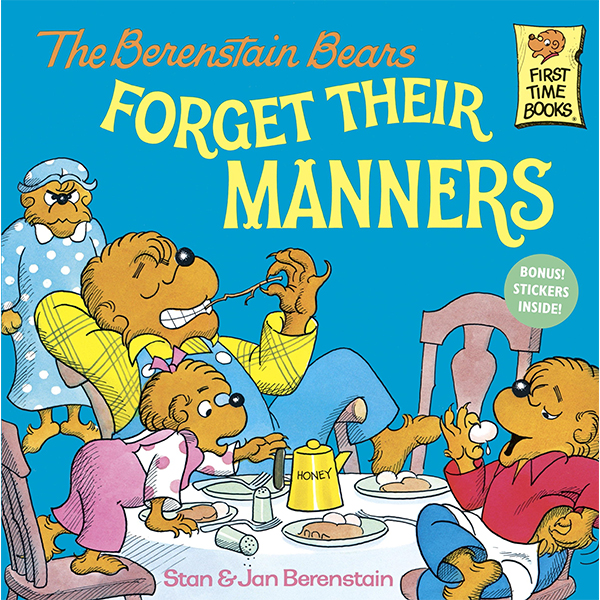The Age-Appropriate Guide to Teaching Kids Manners
Beth Ann Mayer
As mamas, we’re our children’s first teachers. Our little ones can’t learn to add or subtract when they are born, but we can start teaching kids manners from day one(ish). And these lessons are important.
“[Teaching kids manners] sets them up for appropriate communication throughout their lives,” says Kait Towner, LMHC, RPT, CCPT, IMH-E, a licensed mental health counselor, registered play therapist, and infant mental health specialist. “They can lose out on opportunities if they don’t use things like please and thank you and learn respect. You set them up for success when you teach them how to behave in a respectful way.”
Though you can start teaching kids manners when they are newborns, Towner says it’s important to cater your approach based on their age.
Birth to 12 Months: Getting Started With Good Manners
We can’t expect much from infants—they’re brand new. At first, crying is the only way they can communicate, but they’re like little sponges. Towner says setting a good example from birth is essential to teaching children good manners.
“If you are modeling swear words or inappropriate behaviors, your kids are going to pick up on that and do that as well,” Towner says. But she says that if you show respect and say, “excuse me,” “please,” and “thank you” in front of your child, it helps them learn respect. It also lays the foundation for helping a child grow into a well-mannered adult.
Though children typically don’t begin saying words until late-infanthood at the earliest, mamas can introduce sign language at an early age. Towner started with her son, who is now 2 years old, when he was between 8 and 12 weeks old. The National Association of the Deaf has video resources.
“[I started] when he started interacting with us and making eye contact,” she says. “We taught him, ‘please,’ ‘thank you,’ and ‘help’ by showing him the sign while also saying the words.”
Children often pick up on sign language before they can speak. But be patient—it can take 8 to 12 months for a child to start signing back.
12 Months to 3 Years: Start Adding Words
As many children enter into and advance in toddlerhood, their language typically develops, and they understand and learn to say new words. At this time, parents can start building off the foundation they laid out during the infant stage.
“You can say, ‘It’s not kind if we hit, kick, or yell, and it hurts,’” Towner suggests.
You can also begin to expect them to use words or sign language to say “please,” “excuse me,” “thank you,” and “help.” Even though children are learning new things every day, Towner recommends keeping things simple with toddlers. They don’t have the attention spans or speech comprehension to understand a long-winded explanation about the importance of good manners.
“A lot of parents think you should go into more detail, but it should be very clear-cut [for toddlers],” she says.
3 Years to Elementary School
Toddlers are egocentric by nature—they see the world through the lens of their wants, needs, and feelings. But Towner says many children start to understand the effect their actions can have on other people as they start and advance in school. Parents can begin to emphasize empathy when they discuss good manners.
For example, Towner suggests parents say, “It makes so and so very happy when you say please and thank you…I’m proud of you.”
Tweens and Teens
Parents can reasonably expect older children to understand the difference between right and wrong consistently. But at this stage, they may want to see how far they can push boundaries.
“It becomes more about general respect for other people, and they are testing that,” Towner says.
Towner notes that older children are also being asked to apply their good manners to real-world settings, like at a summer job or while they are purchasing something at the store. Parents can point out the benefits of using good manners, such as making a new friend when you’re kind. They can also discuss the consequences of not showing respect towards others, like getting a yellow card during a sports game for talking back to a referee.

What to Do When Things Go Wrong
No child is perfect. While Towner says her two-year-old generally has good manners, she admits he still has his “toddler moments.” If a child makes a mistake at any age, Towner suggests giving them a second chance.
“One strategy I really like to teach parents is to have your child pause, rewind, and try it again,” she says. ”Say, ‘I didn’t like how you said that. Let’s try it again.’”
Not all toddlers will catch on to this approach, but it’s worth a try. And Towner says you can also reword a request for them. For example, if the toddler says, “Milk, now,” you might respond by saying, “Milk, please. Pause, and then give them their cup.
A Word on Teaching Kids Manners and Development
Keep in mind that every child is different, and age is ultimately a number. Some children can handle more information on manners earlier. Others may need more time. And children who have experienced trauma or are neurodiverse, such as those with autism, may need extra empathy and help as they work to develop good manners. Towner says “And Next Comes L” has social stories that can help children learn.
“Ask yourself, ‘Where is my child developmentally?’ [before implementing a strategy],” Towner says.






